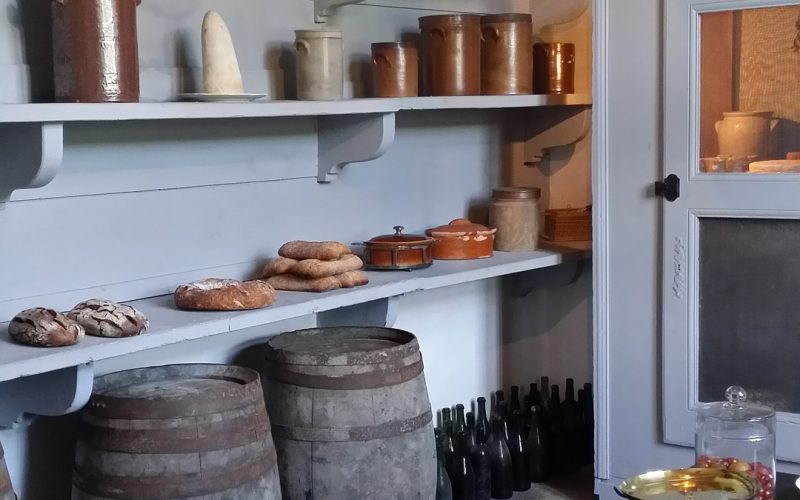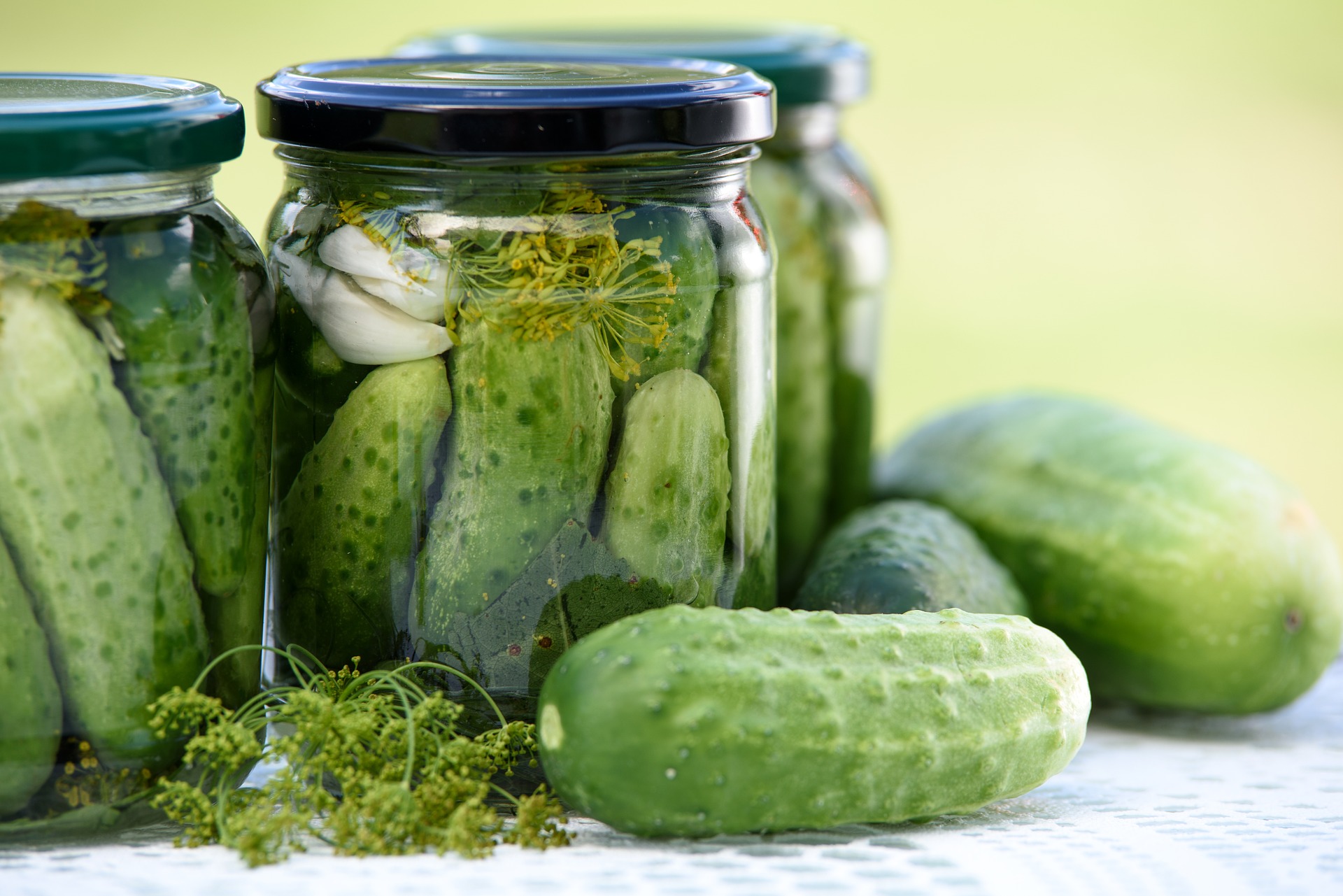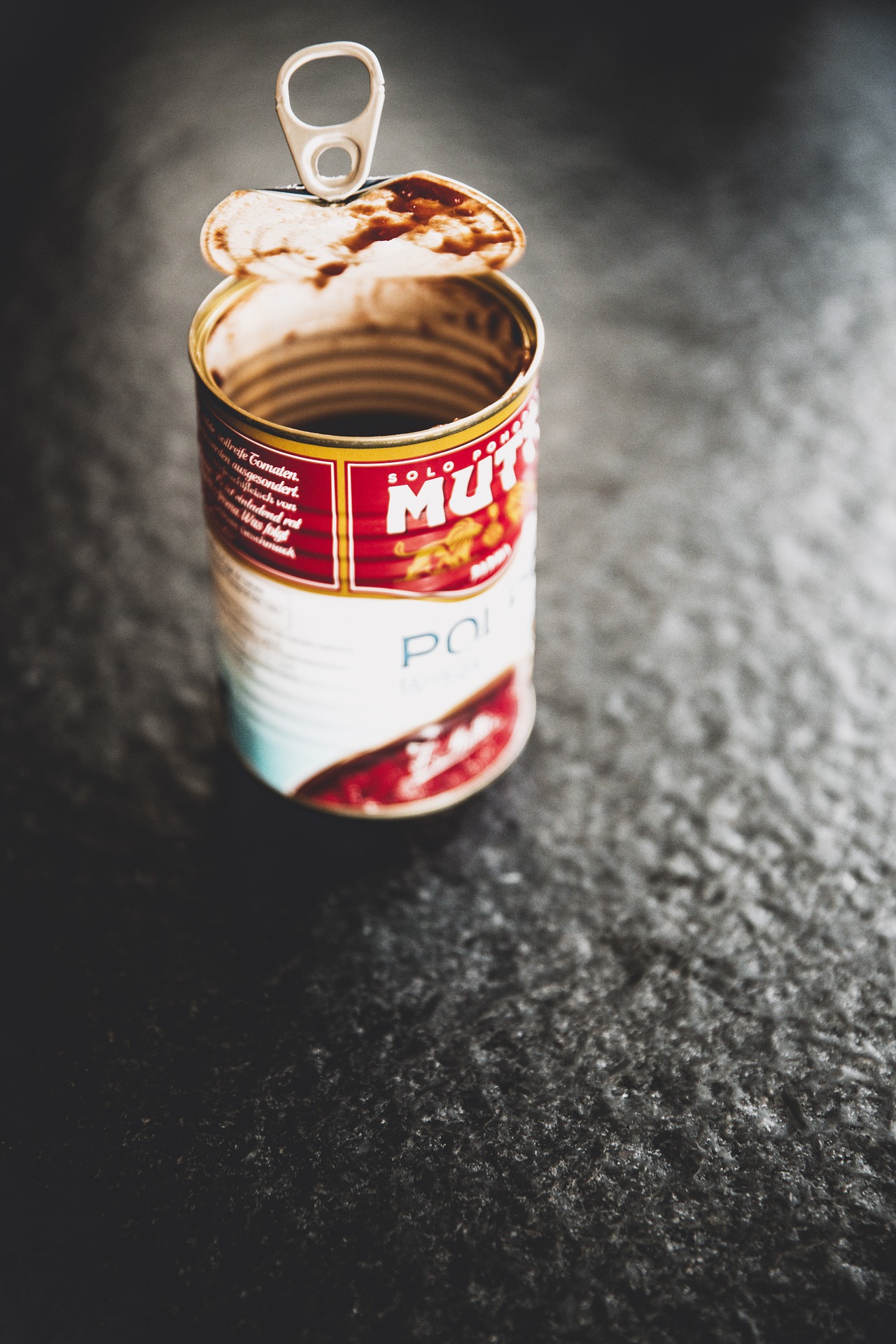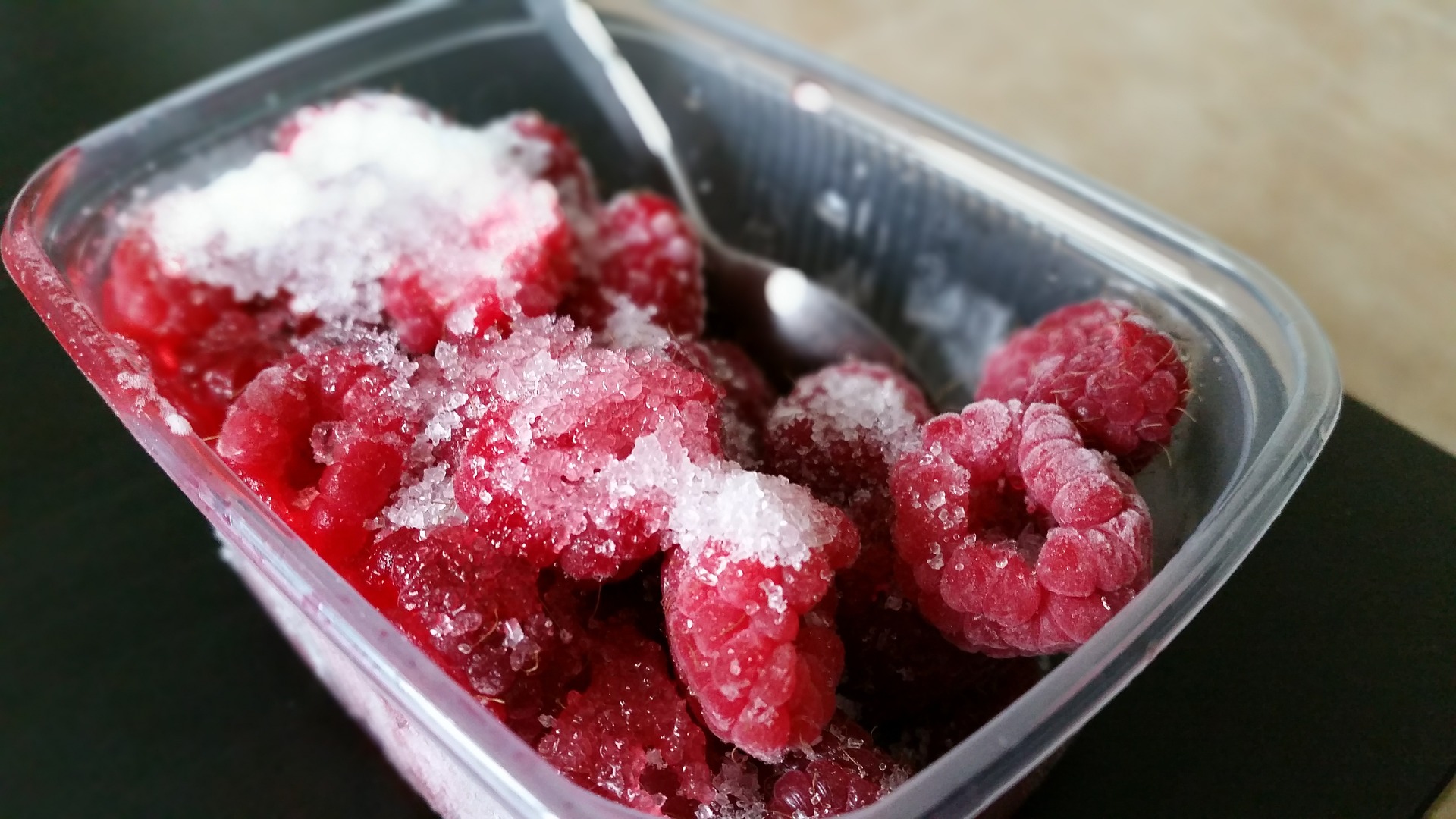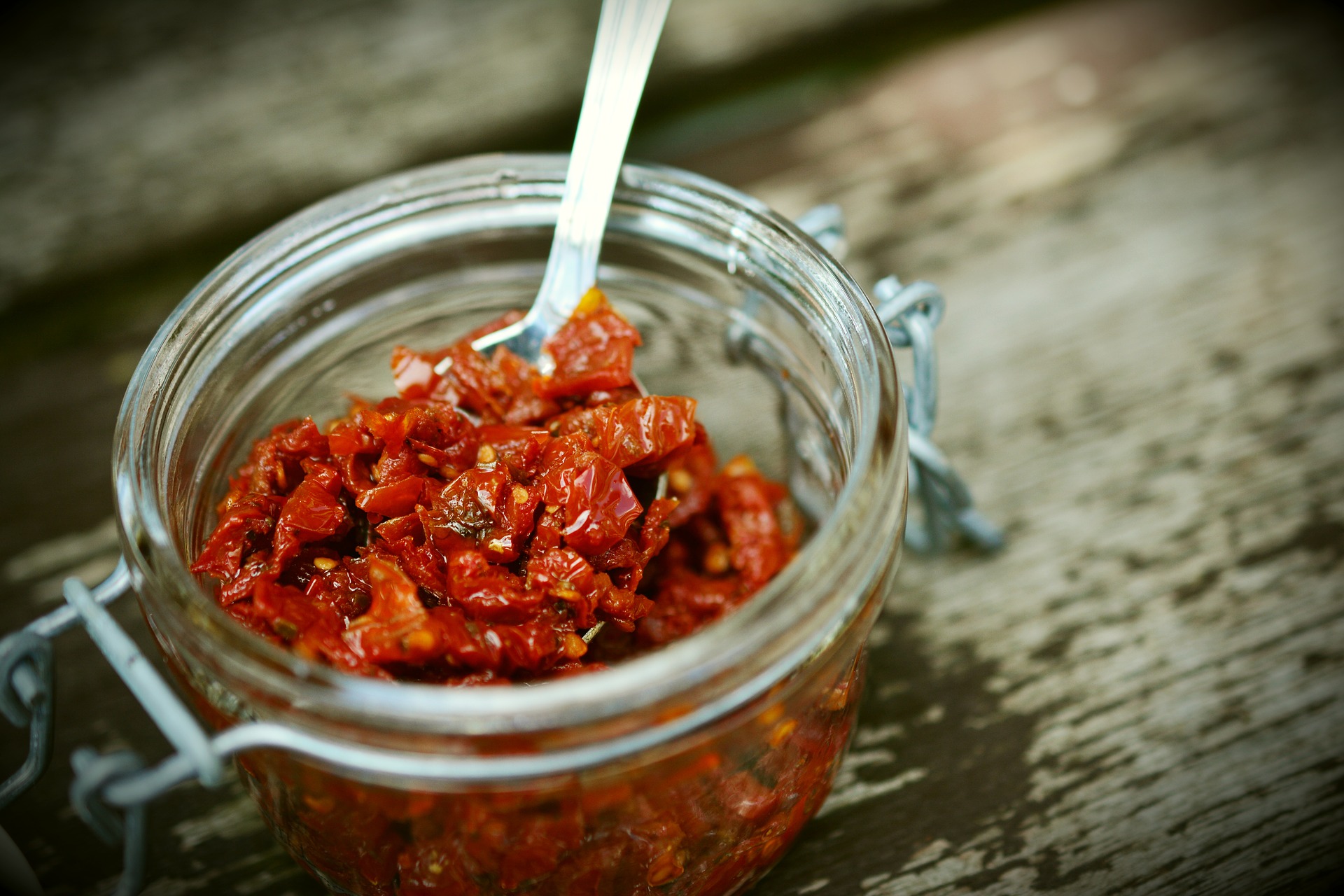Storing food correctly can greatly increase their life span. I remember growing up that we always had a cellar. At the time I didn’t pay much attention to it and now I wish I would have one. Potatoes, for example, could last up to a year in our cellar. Now, I only have the ‘modern’ version of a cellar: a refrigerator.
Cellaring food is not only about the actual cellar but more about keeping food in a controlled and cool environment for an extensive period of time. This environment can be achieved in a cellar just as much as in a fridge, a cool and dry pantry, a cold room, or even in outside storage like pits and trenches.
Basic requirements for cellaring
Whatever cellar type you have available, it must provide some basic conditions for food storage.
The temperature inside a cellar should be between 0°C and 15°C. In some instances, the temperature can even be higher but it should never be below 0°C.
Humidity in a cellar also needs to be controlled. Some foods tolerate high humidity better than others. A rule of thumb is a relative humidity between 60 and 90 percent. Surprisingly, most cellars and cold rooms will have humidity levels below that and need their levels raised. It pays to install a hygrometer to control humidity levels.
In addition to keeping a stable temperature and humidity, it is also advisable to maintain the space properly. Air and clean any food storage space about once a year. This is important especially at the end of winter because mould and bacteria could have collected on any surface in your space and spoil next seasons produce.
These basic requirements might be more applicable to cold rooms and cellars but keep in mind that even a fridge needs a regular clean. Also, I have found it very useful to have an additional thermometer in my fridge to monitor temperatures. There are areas like the door where the temperature will be higher than in the bottom part of the fridge. This difference is important to keep in mind because veggies can freeze in a fridge as well.
Storing fresh produce
Getting storage of fruit and veggies right is easy for some and more demanding for others. Let me just highlight some basic principles.
Fruit and veggies should be unblemished and firm when storing long term. If any fruit or vegetable is damaged or even overripe it can spoil other fruit in the same area.
Allow for good air circulation. Air circulation goes two ways. Firstly, don’t over-pack any storage container with your produce. For potatoes, for example, it pays to have a large flat tray or grate to store them on. Secondly, don’t store produce in plastic or other air-tight containers. Fruit and veggies need to ‘breathe’ (hence the humidity control). Plastic storage containers will lead to sweating and then mould. Woven baskets or wooden boxes make excellent storage containers for your produce.
Any storage space should be dark, without direct sunlight. The lack of sunlight not only assists temperature control but also prohibits any sprouting. Some produce like carrots and potatoes will sprout in conditions that are either too warm, too humid, or too light.
Storing cheese
Storing cheese can be tricky if you are a cheese lover and don’t only consume mass-produced cheeses.
In general, cheese is quite happy in a fridge or similarly temperate environment. If wrapped properly (in parchment, waxed paper, a freezer back, a glass or plastic storage container) cheese can last quite a while.
However, for ripened cheeses such as artisan or farmstead cheeses, a fridge is too cold. These cheeses require warmer temperatures and better air circulation. Sometimes the kitchen bench is sufficient, and sometimes a special cheese fridge is required. Please check for individual requirements.
Storing preserved foods
I’ve talked previously about canning and drying food. Without correctly storing these foods, however, their shelf life can decrease quite significantly.
In general, store any preserved foods away from heat sources as well as potential frost.
Canned foods should be stored off the floor to avoid any rust to the cans.
Dried foods need to be stored in airtight containers to avoid insect invasions.
For all preserved food it is important to label them appropriately. There is nothing worse than having to guess an age (or content) of a container.
Before you start
Cellaring and storing food correctly is not difficult to do. All it requires is space and a little research into the best storage options for the particular food. I have come across this collection of ideas recently and have found it very useful. Carole Cancler also offers some helpful advice in her ‘The Home Preserving Bible‘.
